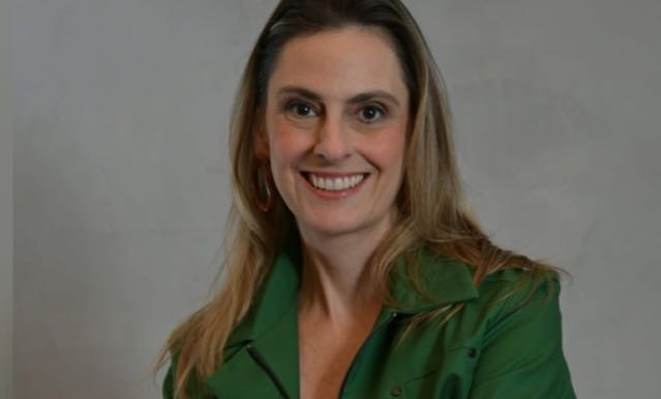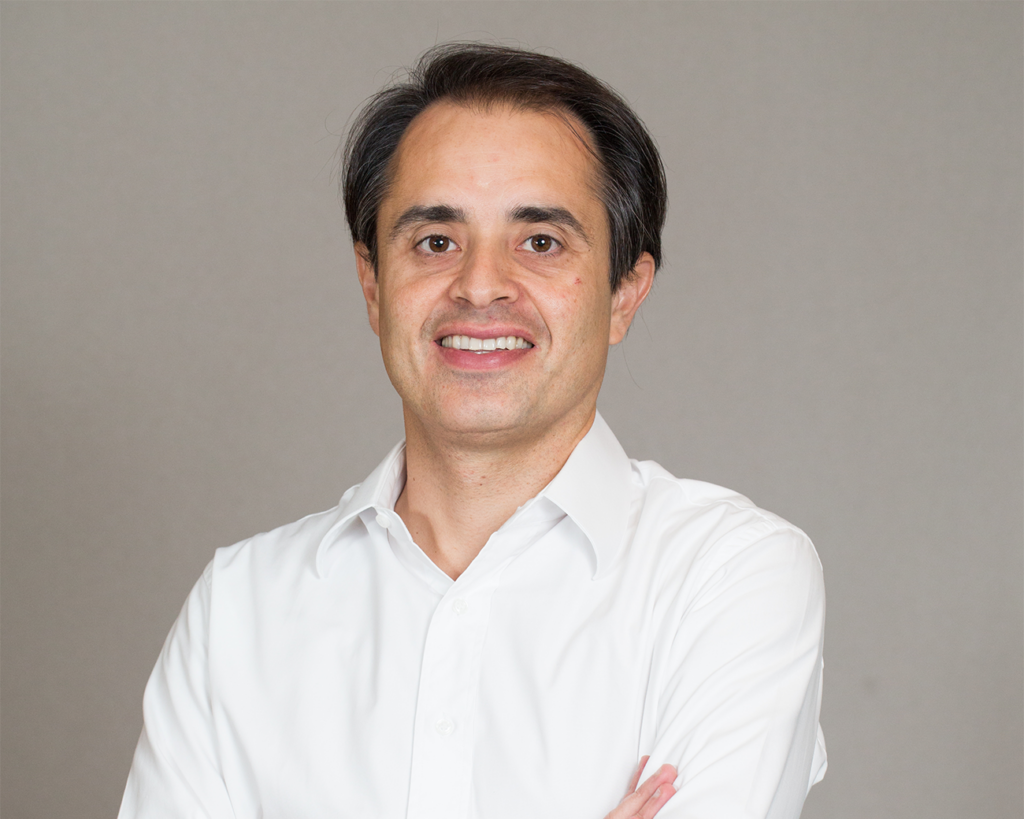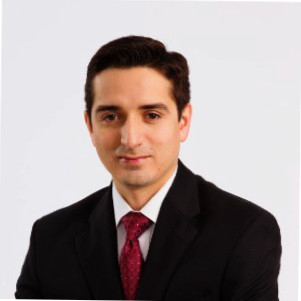Member Profiles
An Interview with David Thomas, Intel Capital
29 March 2012

LAVCA recently caught up with former LAVCA Chairman, David Thomas. As Managing Director of Intel Capital Latin America, Dave gives his on-the-ground perspective about opportunities in Brazil and other regional markets for start ups.
 LAVCA: Please give us some background on Intel Capital.
LAVCA: Please give us some background on Intel Capital.
Thomas: Intel Capital is Intel’s global investment organization. We make equity investments in innovative technology start-ups and companies worldwide. Intel Capital invests in a broad range of hardware, software, and services companies targeting enterprise, mobility, health, consumer Internet, digital media, semiconductor manufacturing and cleantech. Since 1991, Intel Capital has invested more than US$10.5 bln in over 1,220 companies in 51 countries. In Latin America, we have invested in Argentina, Brazil, Chile, Colombia, Costa Rica, and Mexico.
Intel currently manages seven focused funds, with one focused on Brazil. Established in March 2006, the Intel Capital Brazil Technology Fund is a US$50M fund that promotes technology growth in the country. This fund was launched in recognition of Brazil’s position as South America’s largest economy and its increasing importance as a technology leader.
It is important to note that all the investment capital is provided from Intel Corporation’s asset base. Intel Capital does not have any funds with external investors/participants.
LAVCA: How did you become involved with Intel Capital?
Thomas: I joined Intel (Intel Capital) in March of 2000. Prior to Intel, I worked in corporate finance at the Hewlett-Packard Company, spent several years in the private equity industry and also had experience in financial services and as a CFO. I was hired into Intel Capital due to my direct investment and technology industry work experience. I relocated to Brazil in 2003 and in hindsight; I couldn’t have picked a better time to move to Brazil.
LAVCA: How does Intel Capital function differently from other global investment firms?
Thomas: Intel Capital believes strongly in having a locally-based team of investment managers to source and invest in deals because no amount of training can replace having firsthand knowledge of a market. We’ve had a local team in Sao Paulo since we entered Brazil in 1999. Intel Capital also has a unique geographic/sector model. Investments often have two investment managers – one locally based in the country – and another who is an expert in a particular technology sector. This gives portfolio companies the added benefit of both local and technology expertise.
LAVCA: Can you tell us how you work with local venture firms?
Thomas: Intel Capital searches for investment opportunities that closely align with Intel Corporation’s strategic interests. There are circumstances when we’ll target a specific industry with a co-investor with complementary skills, but, usually we seek out investment opportunities on our own and then potentially invite co-investors to join us. We have well defined strategic criteria that dictate our investment opportunity set but, we are financially motivated. In other words, our interests are aligned with financial co-investors. We both want to build value in our portfolio companies and eventually get a financial return on our invested capital. Intel Capital’s global reach, deep technology expertise, direct investment experience and specific programs to assist our portfolio companies (e.g. Global Summit, Intel Technology Days, etc.) typically complement what our financially-oriented co-investors bring to the table.
LAVCA: You served as chairman of LAVCA in 2005-2006. From a historical perspective, how do you feel the VC market throughout Latin America has changed?
Thomas: Latin America is a very diverse region and the investment environments vary significantly by country. Chile has been very stable historically and we’ve had great success there. In terms of change, Brazil’s VC arena has changed the most. Our pipeline of potential investment opportunities has broadened significantly in the last 3-5 years, which is extremely positive from a long-term perspective. There have been numerous environmental changes such as capital markets reform and government-sponsored investment incentives. However, the most important development has been liquidity. We have had numerous successful exits in Brazil in recent years. This is a new development and shows that rewards can be reaped from venture activities.
LAVCA: What are your thoughts on the current technology boom in the region and how it differs from past cycles?
Thomas: In Latin America, there has been a staggering rise in discretionary income. This is true across the region. With US$2.5 trillion in discretionary spending available, Latin America rivals China in that regard. This income is enabling consumers to buy many products (including computers and other technology products) for the first time. Brazil is now the third largest PC market in the world and Brazilian consumers, in general, are very comfortable with using the internet for online banking and purchasing goods. The combination of all these factors makes this technology boom very different from previous cycles.
LAVCA: How do you feel the integration of Latin American markets is affecting regional entrepreneurs? Do you think there are more opportunities to scale businesses regionally, or is global still an important part of the strategy?
Thomas: It is very difficult to speak of Latin America as one region when it comes to entrepreneurship. Intel’s focus is mainly on Brazil although we monitor a handful of other countries (Argentina, Chile, Colombia and Mexico) for investment opportunities that meet our strategic interests. The countries and investment environments in Latin America are very diverse. With that said, as a general approach (and recognizing that there may be some exceptions), I believe companies should focus on building their business in their local market(s) first. This is obviously easier in Brazil than Uruguay (for example).
LAVCA: Intel Capital has been investing in Latin America for many years and is one of the few VC players to have realized exits. When do you think is the best time to sell a company? What exit options do you feel are most viable in Latin America today?
Thomas: We are very disciplined about making exit decisions. We look at a variety of factors including our strategic goals and marketplace dynamics. I don’t think there is any ideal time to sell but if you have a chance to make a solid return, my advice is to cash in and reinvest. As they say, “pigs get slaughtered”.
I believe M&A is the most viable exit for venture-backed companies in Latin America today. While the capital markets function well in certain countries (e.g. Brazil), most venture-backed companies will exit through a private sale. This is just where we are from a venture environment development cycle.
LAVCA: You’ve announced a number of deals in Brazil in recent months.Can you pick one and tell us what unique actions are you taking to add value to the company from an operational standpoint?
Thomas: We invested in Pixeon last year and are very excited to have the company in our portfolio. Pixeon is one of the largest Brazilian companies offering a PACS (Photo Archiving Communications System) solution to the local health care industry. We are assisting Pixeon with developing a product roadmap which may include the development or acquisition of complementary offerings. We are also assisting with corporate governance and are very active in the recruitment of board members and senior management. For example, in conjunction with our investment, we introduced the company to the former head of GE Healthcare in Latin America and added her to the board of directors.
LAVCA: Intel Capital has been very active in Brazil – investing US$75M in 25 Brazilian companies since 1999. What about Latin America as a whole–what other markets excite you?
Thomas: Intel is very committed to Brazil and the Latin America region. I’ve said enough about Brazil and I’m still very excited about the country’s prospects over the next several years. The other countries that I’m very excited about right now are Peru and Colombia. These countries have been relatively stable, and I’m excited by the fundamentals in both places.
You may be interested in...
-

Luciana Antonini Ribeiro, eB Capital
Executive: Luciana Antonini Ribeiro, Co-Founder and CIO Member Name: eB Capital Year...
-

Cristiano Gioia Lauretti, Kinea Private Equity
Member: Kinea Executive: Cristiano Gioia Lauretti, Head of Private Equity HQ: São...
-

Maria Pia Iannariello, MGM Innova Capital
LAVCA recently spoke with Maria Pia Iannariello, Co-Founder & COO of MGM Innova Capital,...
-

Rafael Ramirez, Portfolio Manager, Alaska Permanent Fund Corporation
LAVCA recently spoke with Rafael Ramirez, Portfolio Manager– Private Equity &...